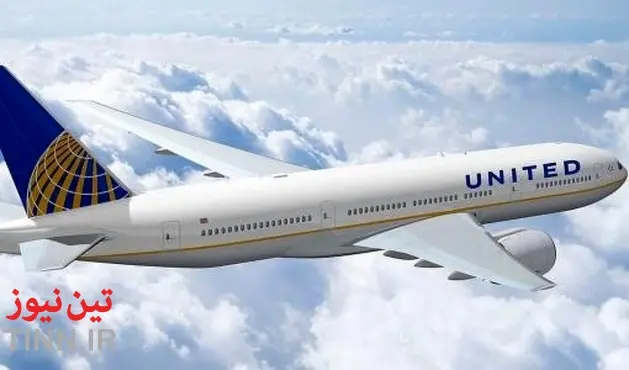|
News Code
97261
Copied
TSA and United Airlines to install automated security screening lanes at US airports

TIN news: The US Transportation Security Administration (TSA) intends to deploy automated security screening lanes at certain United Airlines hubs across the country in 2016.
The new automated screening lanes are integrated with the latest technology to improve security effectiveness, while reducing the time spent by the travellers in screening areas by nearly 30%.
TSA and United Airlines aim to install the first of 17 automated screening lanes at New Jersey’s Newark Liberty International Airport.
TSA administrator Peter Neffenger said: “Our main priority is to protect the travelling public in an evolving threat environment. We continue to test and deploy state-of-the-art technologies to ensure that we remain current.”
The lanes' automated screening functions, including belts that draw bags into X-ray machines and return them to the queue after screening, will help travellers to move quickly through security checkpoints.
They also feature 25% larger bins than those used in regular screening lanes, and cameras to take photos of bags that can be linked to the X-ray images of their contents.
Each bin carries unique radio frequency identification (RFID) tags that allow for additional accountability of items as they move throughout the screening system.
Bags that pose a potential threat can be moved to a separate area in to allow other bins behind it to continue through the system.
The new automated screening lanes are integrated with the latest technology to improve security effectiveness, while reducing the time spent by the travellers in screening areas by nearly 30%.
TSA and United Airlines aim to install the first of 17 automated screening lanes at New Jersey’s Newark Liberty International Airport.
"We continue to test and deploy state-of-the-art technologies to ensure that we remain current."
The lanes will also be added at Chicago O’Hare International Airport and Los Angeles International Airport in late 2016.TSA administrator Peter Neffenger said: “Our main priority is to protect the travelling public in an evolving threat environment. We continue to test and deploy state-of-the-art technologies to ensure that we remain current.”
The lanes' automated screening functions, including belts that draw bags into X-ray machines and return them to the queue after screening, will help travellers to move quickly through security checkpoints.
They also feature 25% larger bins than those used in regular screening lanes, and cameras to take photos of bags that can be linked to the X-ray images of their contents.
Each bin carries unique radio frequency identification (RFID) tags that allow for additional accountability of items as they move throughout the screening system.
Bags that pose a potential threat can be moved to a separate area in to allow other bins behind it to continue through the system.